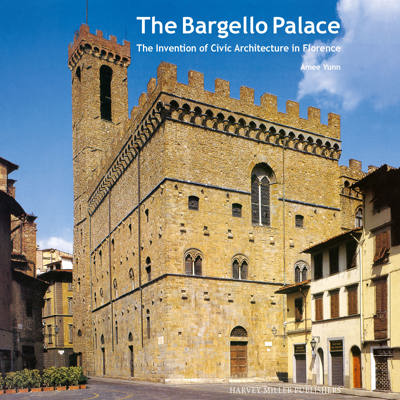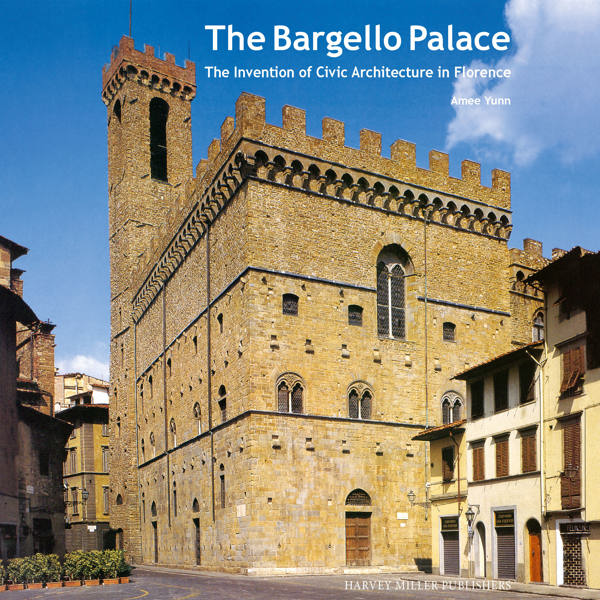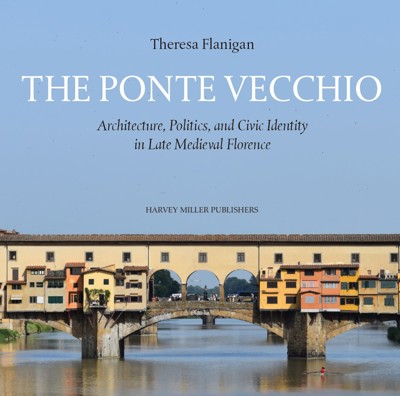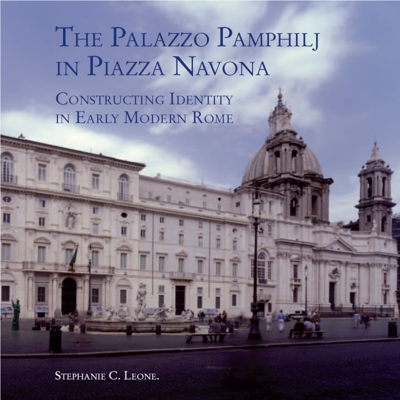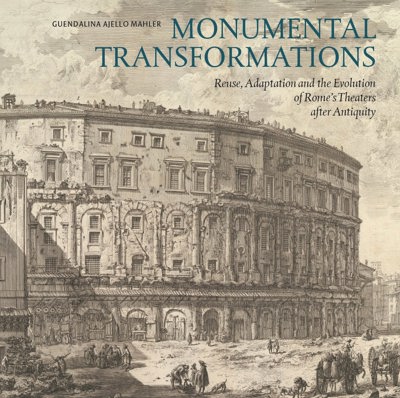
- Pages: 267 p.
- Size:240 x 240 mm
- Illustrations:152 b/w
- Language(s):English, Latin, Italian
- Publication Year:2016
- € 150,00 EXCL. VAT RETAIL PRICE
- ISBN: 978-1-909400-31-3
- Hardback
- Available
The Bargello's new building history radically changes our understanding of the communal palace's construction, function, and urban context during the formation of early modern Florence.
“Visit the Bargello first, because it is one of the best, but if you are serious about buildings, do not visit until you have read this book.” (Lee Prosser, in Vernacular Architecture, 47/1, 2016, p. 126)
« Cet ouvrage parfaitement illustré renouvelle complètement l’histoire architecturale du Bargello en révélant notamment les deux structures antérieures, le Palazzo del Popolo et le Palazzo del Capitano, conservées, certainement pour leur rôle symbolique, dans l’actuel corps de bâtiment donnant Via del Proconsolo. Par ailleurs, la chronologie très précisément établie présente désormais le Palazzo Vecchio non plus comme un héritier du Bargello transformé par les Angevins mais comme un chantier parallèle du début du XIVe siècle. » (Julien Noblet, dans Histara, 30.04.2017)
“The Bargello’s seemingly patchwork structure takes on new coherence and purpose in Yunn’s reconstructions, providing a history not just of the building but also a case study of the use of architecture as a political tool in Florence’s developing civic structures – a substantial accomplishment for a first book.” (John Paoletti, in Burlington Magazine, CLIX, Nov. 2017, p. 918)
“Amee Yunn’s impressive monograph on the Bargello fundamentally reassesses the building’s medieval construction chronology.” (Lauren Jacobi, in Renaissance Quarterly, LXX/4, 2017, p.1504)
Specialized in late medieval and Renaissance Italy, Amee Yunn concentrated in government as an undergraduate at Harvard and received her PhD from the Institute of Fine Arts, New York University. Her research interests are Florence, civic patronage of art, iconography, reuse of materials in building, conservation and restoration. She has worked in various museums, including the Metropolitan Museum of Art in New York, and is currently at Chubb & Son.
This book offers a new, revised building history of the Bargello, the first town hall of Florence. A careful analysis of documents, fabric, and restoration allows us to reconstruct the original site. It reveals two previously unidentified building stages. The first palace, begun in 1255, adapted an ex-neighborhood consortium, reusing an old tower and three houses. In the 1280s, a second palace arose next to it, thus creating a twin-palace complex for the Podestà and Capitano, the highest-ranking public officials.
Long misidentified as the 1255 palace, the front wing's lower two stories were actually built in 1291-1308. An unroofed precinct wall enclosed the older structures behind a monumental facade, forming an open-air courtyard used for tribunals and stables. This part became known as the “old palace” when the large, arcaded courtyard and rear wing were addded in 1316-1322. The "new palace" containing the Magdalen Chapel was designed for the Angevin court in residence, not for the communal administration of justice as generally believed.
After a 1332 fire devastated the upper stories, the front wing was covered with two immense roof vaults in 1332-1346. Inside, many old dividing walls survived until the nineteenth century. They were demolished with the prisons during the building's conversion into the present national museum, concocting the two vast exhibition halls.
This book illustrates the Bargello's early architecture. Reinterpreting the timeline radically changes our understanding of the palace's construction, function, and urban context during the formation of early modern Florence.
